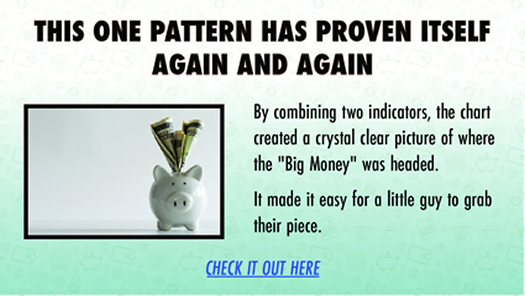by Oliver Velez
Know Exactly How to Play the Market Trend
We know the two foundational keys; the market’s basic unit and the only three trends in existence. Based on this concept, I have identified the instances in which we want to buy or to short the stock. Once we’re in a well-defined uptrend known as stage two, all pullbacks are buyable. Once we’re in a well-defined downtrend known as stage four, all rallies are shortable. If we are in a sideways trend known as stage one, stage three, or a pause that refreshes, we know that the bottom of the consolidation is buyable and the top of the consolidation shortable. The question we have now to answer is HOW do we buy or short and exactly where. To answer this question we use the buy and sell setup.

The Buy and Sell Setup in an Uptrend
Let’s begin discussing how to use the Buy Setup when the stock is in the uptrend, or stage two. Remember that it is a requirement of our uptrend that the stock makes a new recent high. When we talk about making new highs, we do not mean new all-time highs or 52-week highs or even one month highs. We simply mean a high that was able to exceed the last rally’s high. Once this happens, the stock will inevitably begin some sort of pullback. This is when we begin watching the stock for the appropriate setup.

I want you to notice something at this point. When a stock is in stage two, it is making higher highs on the rallies and higher lows on the pullbacks. We often refer to this as the macro stage two. The rallies and pullbacks that occur inside of the macro stage two are in fact small rallies, consolidations, and pullbacks that are really stages one, two, three, and four in the micro sense. Look at the diagram in Figure 6.1.
Watch for the Pullbacks
The big picture of this stock is that it is moving up higher highs and higher lows. However, inside this macro stage two, the individual rallies are micro stage twos. The pullbacks are micro stage fours, and the periods of time in between are stages one and three. On the micro timeframe, stages one and three can be reversals or single moments in time. They may be comprised simply of a topping or bottoming tail, a narrow bar, a change in the color of the bar (white-white-white-black) or a gap up or down.
When the stock is in a macro stage two and a micro stage two, we are simply watching and waiting. As the micro stage goes to stage three, we continue to watch. Remember, this is stage three on this micro level after the rally to new highs. We then watch as micro stage four will find buyers before trading under prior micro stage four and start micro stage one. Now remember, stage one could simply be a bottoming tail, or a narrow bar, or a white bar after all blacks, or a gap up. During micro stage one we’re getting ready to strike. As micro stage two emerges inside of the macro stage two, this is when we strike.
The process of monitoring the pullback, which is the micro stage four, and how this becomes a stage one and stage two is what we want to look at now and is what comprises the Buy Setup.
There should be some light bulbs going on as you read this last paragraph. If not, read the prior section until you fully understand the significance. The key to successful trading is to make sure that we have a stage to stage match. In other words, when we are in macro stage two, we only want to be buying, and buying only when micro stage two begins. The exact reverse is also true for being short. When in macro stage four, we want to short, and short only when micro stage four begins. This stage to stage match is a priceless concept and at the heart of every swing trade.











Recent Comments